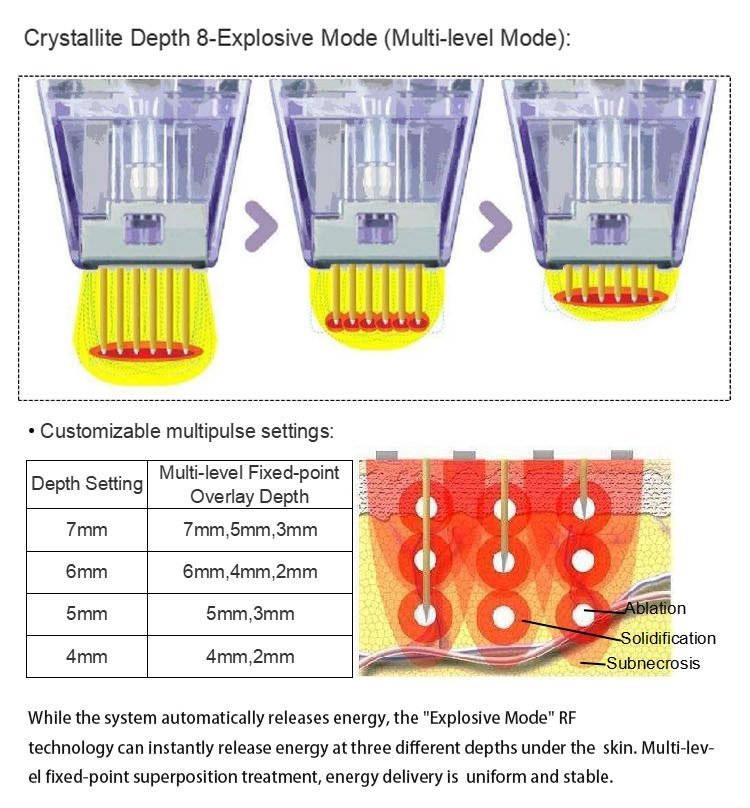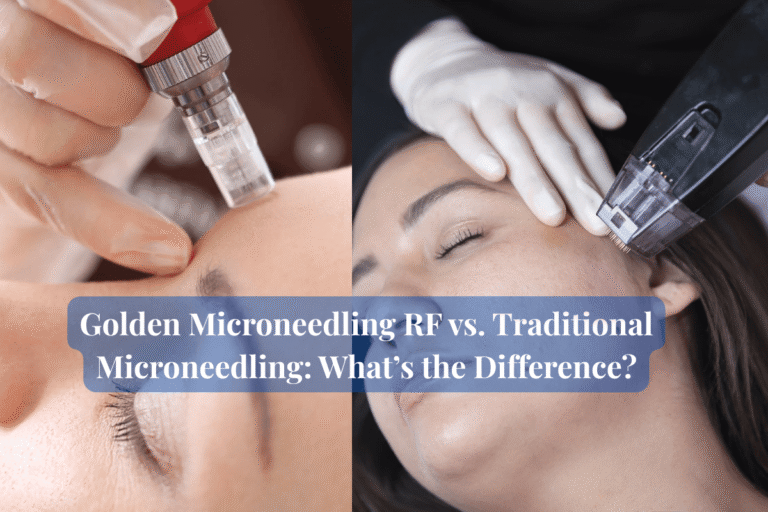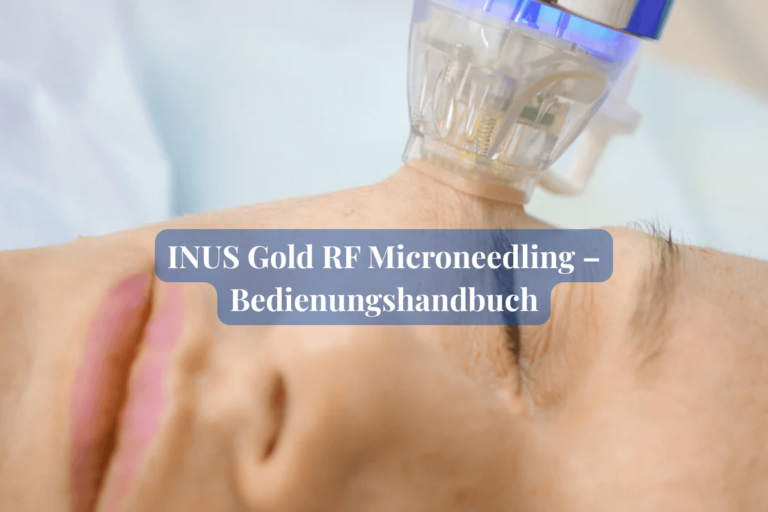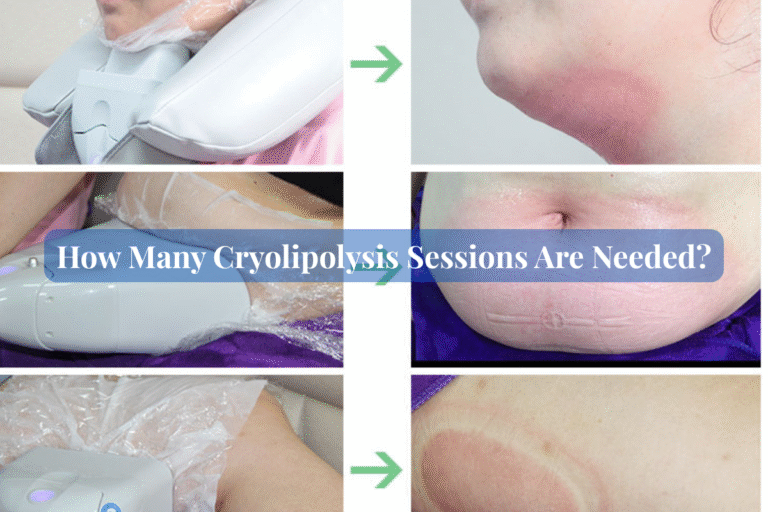In the realm of cosmetic technology today, semiconductor laser hair removal technology is rapidly evolving and has become the go-to choice for many individuals seeking smooth, hair-free skin. This article delves into the current state of this technology, its strengths and weaknesses, and offers a detailed forecast of its future trends to provide valuable insights for industry practitioners, technology researchers, and consumers alike.
I. Current State: Technological Breakthroughs and Market Growth
Semiconductor laser hair removal technology is currently in a golden age of rapid development, with continuous optimization of technical parameters. New laser hair removal devices now commonly feature peak powers of 1200W and above, pulse widths precisely controlled between 10 and 30 milliseconds, and frequencies that meet the 10Hz requirement for sliding hair removal, significantly increasing effective energy output. Meanwhile, high beam quality and waveguide-free technology are widely applied. For example, the “Qi Yun” series of lasers come standard with a light field homogenizer, allowing the collimated and homogenized beam to penetrate deeper into the skin, thereby enhancing treatment efficacy and efficiency.
Looking at market size, both the global and Chinese semiconductor laser hair removal markets are experiencing sustained growth. In 2023, the combined global and Chinese market size reached 5.759 billion yuan, and it is projected to grow at a compound annual growth rate (CAGR) of 5.40% to 8.431 billion yuan by 2029. In the Chinese market, key enterprises such as Lumenis Ltd., Alma Lasers, and Cynosure are leading the way with their outstanding performance in technological innovation and market expansion.
On the technical front, the 808nm wavelength of semiconductor laser has become the mainstream choice due to its excellent penetration and adaptability to various hair colors. The 808nm VCSEL laser chips used in semiconductor laser hair removal have shown remarkable performance, accurately destroying hair follicles while minimizing pain. With the increasing popularity of home-use laser hair removal devices, the 808nm semiconductor laser technology, known for its efficiency, safety, and long-lasting results, has taken center stage in the market.
II. Strengths and Weaknesses: A Double-Edged Sword
The strengths of semiconductor laser hair removal technology are quite pronounced. Its high efficiency and precision stem from the 808nm wavelength laser, which can directly penetrate to the root of the hair follicle, accurately destroying the hair follicle stem cells to inhibit hair growth from the source. Clinical data has shown that after 3 to 6 sessions of standard treatment, the hair regrowth rate can be reduced by over 90%. In terms of safety, the technology employs the principle of selective photothermal action, with laser energy targeting only the melanin in the hair follicles and minimal absorption by the epidermis, effectively avoiding the burn risks associated with traditional hair removal methods. Coupled with sapphire contact cooling technology, the skin surface is cooled to 5°C during treatment, providing comprehensive protection against thermal damage.
The comfort and painlessness of this technology are also significant advantages. Compared to the stinging sensation often experienced with traditional laser hair removal, the optimized energy pulses and cooling systems in semiconductor laser devices greatly reduce pain, making the treatment process almost discomfort-free for patients. Moreover, this technology does not harm the skin. The pulse duration is matched to the hair thickness, effectively protecting the epidermis from thermal damage. After treatment, the skin not only has no recovery period but also becomes smoother and finer. Regarding post-treatment pigmentation, semiconductor laser hair removal excels. Due to its deeper penetration and lower epidermal absorption of laser energy, it does not cause pigmentation or inflammation, which is a major concern for many patients. The broad applicability of this technology is another highlight, as it is suitable for hair removal on various skin tones and body parts, including the face, arms, back, chest, armpits, bikini line, and legs. The ease of operation is also a major selling point. The treatment process is simple and straightforward. With the use of a cooling gel to protect the skin, the sapphire crystal applicator is pressed against the skin, and the specific wavelength light pulses act instantaneously on the skin without causing damage.
However, no technology is perfect, and semiconductor laser hair removal also has its shortcomings. For individuals with light-colored hair, the effectiveness of this technology may not be satisfactory, as the low melanin content in light hair makes it difficult for the laser to effectively target the hair follicles. Additionally, multiple treatment sessions are required to achieve long-lasting results, as a single session of semiconductor laser hair removal often does not yield the desired outcome. This may be a minor drawback for some consumers who are looking for a quick fix.
III. Future Trends: Multi-Dimensional Innovation Leading Industry Transformation
A. Technical Parameter Upgrades: The Pursuit of High Peak Power, Narrow Pulse Width, and High Beam Quality
In the future, semiconductor laser hair removal technology will continue to upgrade its technical parameters. The combination of high peak power and narrow pulse width will become a mainstream trend. Device power will rapidly iterate from 300W to 600W, 1200W, and beyond. A peak power of 1200W and above can be paired with an optimal pulse width of 10 to 30 milliseconds, easily achieving an energy density output of ≥10J/cm², ensuring deep destruction of hair follicles for better hair removal results. Meanwhile, the narrow pulse width design allows the skin to dissipate heat fully during treatment, reducing energy accumulation and thereby lowering the pain sensation during treatment, enhancing patient comfort.
High beam quality and waveguide-free technology will also see further development. Light homogenization technology will be widely applied to various devices. By using a light field homogenizer to replace the traditional waveguide design, the collimation and penetration depth of the beam can be significantly improved, further enhancing clinical treatment outcomes. Moreover, device lightweighting will become a key focus for future development. For example, the “Qi Yun” series has achieved a 50% reduction in volume and a 30% reduction in weight while maintaining the same power, providing a reference for the development of subsequent devices, improving operational convenience and making it easier for medical staff to perform treatments.
B. Wavelength and Chip Innovations: The Consolidation of 808nm and the Breakthrough of VCSEL Chip Domestication
The 808nm wavelength will continue to hold its dominant position in the semiconductor laser hair removal market as the gold standard. Its high absorption efficiency by melanin allows it to easily penetrate to the root of the hair follicle, not only being effective for black hair but also handling light-colored hair such as gold and light brown, which traditional lasers often struggle with, significantly expanding the scope of application of the technology. Compared to OPT technology, which is only effective for black hair, 808nm semiconductor laser hair removal offers comprehensive advantages in terms of safety, pain control, and overall effectiveness.
At the same time, the domestication process of VCSEL chips will accelerate. Domestic companies like Newlight Intelligent have already achieved significant results in the research and development of high-performance 808nm VCSEL chips, breaking the long-standing dependence on imported chips for mid-to-high-end products. As the performance of domestic VCSEL chips continues to improve and costs gradually decrease, their market share is expected to increase significantly. This will not only promote the independent and controllable development of semiconductor laser hair removal technology but also provide more cost-effective solutions for the industry, facilitating the widespread application and popularization of the technology.
C. Application Scenario Expansion: The Rise of the Home Market and Multi-Functional Integration
The home-use device market is set to experience explosive growth. The global home beauty device market size reached 10 billion US dollars in 2025 and is projected to exceed 30 billion US dollars by 2030, with an annual growth rate of over 15%. Portable semiconductor hair removal devices are in high demand due to consumers’ increasing preferences for privacy and cost-effectiveness. Many companies, such as Silver Moonlight Technology, are focusing on developing wireless energy and ice-point painless technologies to enhance product competitiveness and user experience. For example, the top-of-the-line 810nm hair removal device not only offers hair removal but also integrates multiple beauty functions such as whitening, skin rejuvenation, freckle reduction, and acne removal, providing consumers with a one-stop beauty solution and significantly increasing product value.
In terms of medical crossover applications, semiconductor laser hair removal technology will continue to expand its application boundaries. The clinical application of combining semiconductor laser hair removal with type A botulinum toxin injections for axillary odor treatment has already achieved significant results, with a notable increase in effectiveness. In the future, as technology continues to advance and medical research deepens, semiconductor laser hair removal technology is expected to achieve more crossover integration in various medical aesthetic fields, developing more innovative treatment plans to meet the diverse needs of patients.
D. Market Demand and Consumer Behavior Changes: Expansion and Diversification
The global semiconductor laser hair removal market size is projected to continue its expansion, with the hair removal device market expected to reach 20.71 billion yuan by 2031, maintaining a compound annual growth rate of around 16.2%. The ice-point hair removal sub-market is also expected to grow steadily, with the global market size increasing from 5.759 billion yuan in 2023 to 8.431 billion yuan by 2029, at a CAGR of 5.4%.
Consumer groups are becoming more diversified. The male market is rapidly rising, with the proportion of male consumers in medical aesthetic institutions increasing from 4.9% at the beginning of 2024 to 7.3% in May 2025, and the repurchase cycle is continuously shortening. This indicates that men’s acceptance of hair removal and other medical aesthetic services is continuously increasing, and the scale of male consumers is expected to expand further in the future. Meanwhile, patient demands for treatment experiences are constantly upgrading. In satisfaction studies, semiconductor laser hair removal has significantly higher satisfaction rates than traditional intense pulsed light hair removal, mainly due to its painlessness, efficiency, and minimal skin damage. This will prompt the market to continuously optimize products and services to meet consumers’ growing demands for high-quality experiences.
E. Technological Convergence and Cross-Domain Innovation: Empowerment by AI and Material Breakthroughs
Artificial intelligence (AI) will be deeply integrated with semiconductor laser hair removal, providing personalized treatment plans for patients. Through AI algorithms, devices will be able to automatically customize hair removal parameters based on individual characteristics such as skin tone and hair density, thereby improving treatment outcomes and reducing the likelihood of side effects. At the same time, digital management platforms will integrate treatment data to achieve more precise planning and optimization of treatment courses, offering patients a more scientific and efficient treatment experience.
In terms of materials and heat dissipation technology, significant breakthroughs are also expected. The use of high-performance packaging materials such as copper and aluminum alloys will effectively enhance heat dissipation efficiency, ensuring the stability of high-power lasers during prolonged operation and providing reliable hardware support for high-power output of devices. Reliability design will also be further strengthened. For example, the application of full indium-free packaging technology will significantly extend the service life of devices, providing consumers with more durable and reliable usage guarantees.
F. Policy Regulation and Industry Restructuring: Opportunities Amidst Regulatory Strengthening and Domestic Substitution
As regulatory policies for medical aesthetic devices become increasingly stringent worldwide, the industry is set for a profound reshuffle. In China, new regulations implemented from April 1, 2024, classify radiofrequency beauty devices as Class III medical devices, mandating clinical validation and registration certification before production, importation, or sale. This move aims to eliminate low-quality products from the market and promote the industry’s high-quality and standardized development. The European Union’s Medical Device Regulation (MDR), effective since 2021, reinforces the Unique Device Identification (UDI) system, further regulating the safety standards for laser devices and compelling companies to focus more on product quality and safety.
Amidst these regulatory changes, domestic substitution presents a significant opportunity for local brands. With policies now requiring imported devices to provide certification from their country of origin, domestic enterprises such as Jiguang Technology and Beijing Sincoheren are poised to capture a larger market share. Leveraging their strengths in technology research and development, product quality, and cost control, these domestic firms can accelerate the process of replacing imported products in the semiconductor laser hair removal device market, driving the healthy development of the industry.
IV. Challenges and Coping Strategies: Balancing Technological Optimization and Market Expansion
Despite the promising future of semiconductor laser hair removal technology, several challenges lie ahead. One of the most pressing issues is the heat dissipation problem associated with high-power devices. As device power continues to increase, so does the difficulty of heat dissipation. To address this, companies can explore technological solutions such as optimizing quantum well structures and designing microchannel cooling systems to enhance heat dissipation efficiency, ensuring the stability and reliability of devices during high-power operation. On the market strategy front, focusing on the development and promotion of lightweight devices, such as increasing the proportion of handheld devices, can meet the diverse needs of different consumer groups.
Another challenge is the inconsistent effectiveness of hair removal on light-colored hair. Technologically, exploring multi-wavelength composite techniques, such as combining 808nm with 1064nm wavelengths, can better accommodate the absorption characteristics of different hair colors and improve the stability of hair removal outcomes. In terms of market strategy, differentiated pricing for niche markets can be implemented to provide more targeted products and services for consumers with varying needs.
The energy safety of home-use devices is also a critical concern. Technologically, incorporating intelligent sensors to regulate energy output in real-time can ensure the safe use of devices. On the market strategy side, it is essential to strengthen consumer education to raise awareness of device usage safety. Additionally, leveraging AI-assisted operation technology can help consumers use home hair removal devices more scientifically and safely.
V. Conclusion: A Five-Year Forecast of Core Trends
In summary, the core trends of semiconductor laser hair removal technology over the next five years will be mainly reflected in the following aspects:
On the technical front, high peak powers of 1200W+, narrow pulse widths of 30 milliseconds, and light field homogenizers as standard features will become the norm. The domestication rate of VCSEL chips is expected to exceed 50%, laying a solid foundation for further technological development and application.
In the market domain, the proportion of home-use devices is projected to rise to around 40% by 2030, while the scale of male consumers is anticipated to double, injecting new growth momentum into the market.
From a policy perspective, global regulatory policies will gradually converge. The implementation of Class III medical device certification in China will drive an increase in industry concentration, with the top five companies expected to hold a market share of over 42%. This will optimize the competitive landscape of the industry.
In terms of innovation directions, AI-powered personalized treatment plans will become a future trend. Innovations in heat dissipation materials, such as gallium nitride, will offer new possibilities for technological breakthroughs. The crossover application of medical and aesthetic fields, such as combining hair removal with axillary odor treatment, will provide patients with more treatment options.
In conclusion, semiconductor laser hair removal technology is poised for rapid development over the next five years and beyond. With continuous technological upgrades, market expansion, and the gradual improvement of the policy environment, this technology is set to play a more significant role in the cosmetic medical field, offering consumers a safer, more efficient, and more comfortable hair removal experience. However, it is crucial to recognize that various challenges will still arise during the development process. The industry’s practitioners and researchers must work together to continuously explore and innovate to address these issues and difficulties, ensuring the healthy and sustainable development of semiconductor laser hair removal technology.
Note: The above forecast is based on the latest industry data and technical literature from 2025. However, given the rapid changes in technology and policy environment, it is recommended that relevant practitioners and researchers keep a close watch on industry dynamics and adjust development strategies in a timely manner to adapt to the ever-changing market demands and technological trends.






